Francisco Goya is one of the most important Spanish painters. He was born on March 30, 1746 in the village of Fuendetodos, near Zaragoza, into a middle-class family. He studied under José Luzán, concentrating on works by Tiepolo and Mengs. In 1769 he traveled throughout Italy in order to study artworks by master artists from the past. In 1775 he obtained his first important assignment: Spanish royal authorities commissioned him to create a series of sketches for tapestries destined for the Royal family’s summer residence. The style Goya employed in the drawings was still connected to eighteenth century traditions, but his choice to portray happy scenes of everyday life instead of mythological subjects was innovative, and marked the beginning of his professional ascent. Goya’s flamboyantly colorful painting fascinated aristocracy in Madrid. He was commissioned to paint several portraits, and within 10 years [1789] became an official court painter.
But Goya was soon struck by a serious illness [1792] that left him completely deaf. This disability made his painting gloomy and visionary: dark tones, dramatic accents and distressing images prevailed. Despite his disease, Goya's career advanced, and he was made first court painter in 1799. [Primer pintor de Cámara] At court, he painted a renowned portrait of the royal family. By then, his style had changed: the sovereigns are almost caricatures and their features are close to grotesque. At the same time he unveiled a series of etchings: The Caprices [Los Caprichos]. His satirical vein was expressed in more than 80 panels, through which the artist denounced human vices and hypocrisy common to all societies. In the early years of the nineteenth century Goya dedicated himself mostly to painting portraits of women, among them the famous La Maja denuda, doing so despite Inquisition rules that prohibited the representation of female nudity. During Napoleon’s rule, [1808-1814] Goya retained his place at court. He realized a series of etchings and paintings denouncing the atrocities of war. The Third of May 1808, his most intense and dramatic work, became the symbol of Spanish resistance against its French invader. With the return of the Spanish sovereigns, [1814] his role at court became uncertain. He retired to his country home, called the Quinta del sordo, where he painted the walls with the mournful and menacing Black paintings.
But Goya was soon struck by a serious illness [1792] that left him completely deaf. This disability made his painting gloomy and visionary: dark tones, dramatic accents and distressing images prevailed. Despite his disease, Goya's career advanced, and he was made first court painter in 1799. [Primer pintor de Cámara] At court, he painted a renowned portrait of the royal family. By then, his style had changed: the sovereigns are almost caricatures and their features are close to grotesque. At the same time he unveiled a series of etchings: The Caprices [Los Caprichos]. His satirical vein was expressed in more than 80 panels, through which the artist denounced human vices and hypocrisy common to all societies. In the early years of the nineteenth century Goya dedicated himself mostly to painting portraits of women, among them the famous La Maja denuda, doing so despite Inquisition rules that prohibited the representation of female nudity. During Napoleon’s rule, [1808-1814] Goya retained his place at court. He realized a series of etchings and paintings denouncing the atrocities of war. The Third of May 1808, his most intense and dramatic work, became the symbol of Spanish resistance against its French invader. With the return of the Spanish sovereigns, [1814] his role at court became uncertain. He retired to his country home, called the Quinta del sordo, where he painted the walls with the mournful and menacing Black paintings.
RELATED


JEAN AUGUSTE DOMINIQUE INGRES


JACK KEROUAC
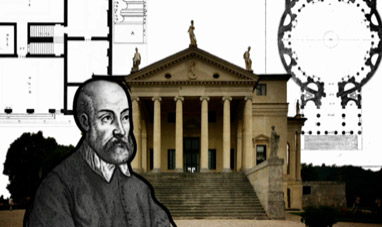

ANDREA PALLADIO


VITTORIO DE SICA


GRACE KELLY


KARL FRIEDRICH SCHINKEL
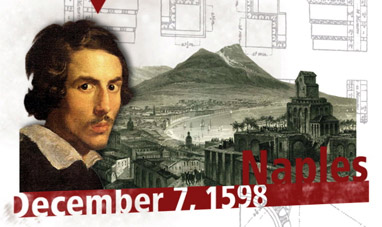

GIANLORENZO BERNINI
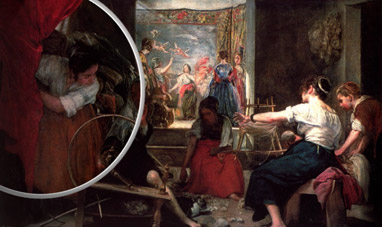

LAS HILANDERAS
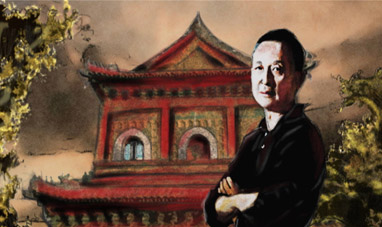

GAO XINGJIAN
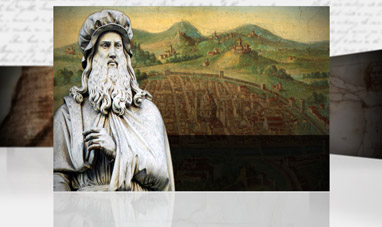

LEONARDO DA VINCI
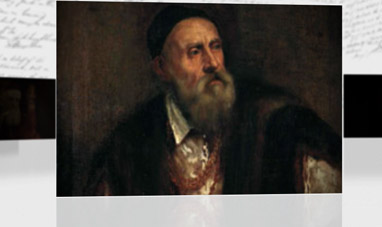

TITIAN


AKIRA KUROSAWA


SATURN DEVOURING HIS SON
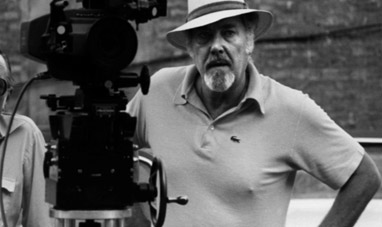

ROBERT ALTMAN


WOODY ALLEN
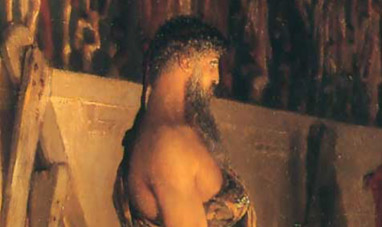

PHIDIAS
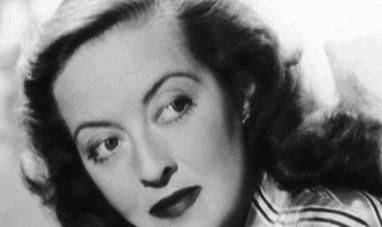

BETTE DAVIS


MONICA BELLUCCI


MARILYN MONROE


CHARLES BUKOWSKI


MARTHA GRAHAM
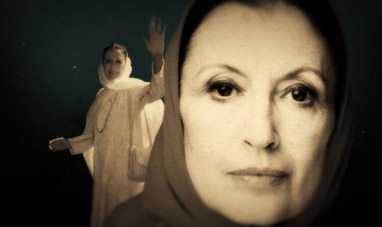

CARLA FRACCI
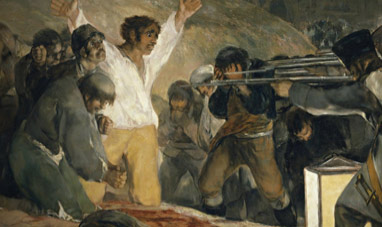

THE THIRD OF MAY 1808: THE EXECUTION OF THE DEFENDERS...
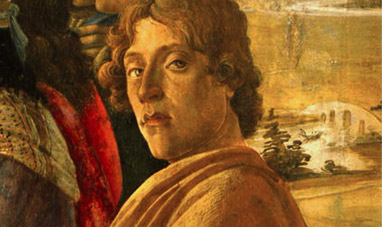

SANDRO BOTTICELLI
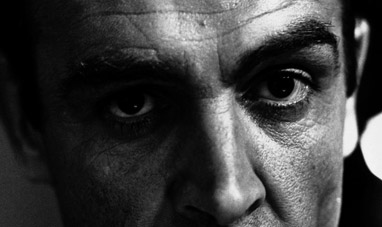

SEAN CONNERY
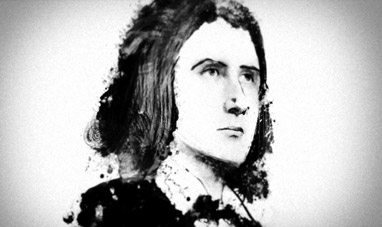

FRANZ LISZT


AUDREY HEPBURN


CARA DELEVINGNE
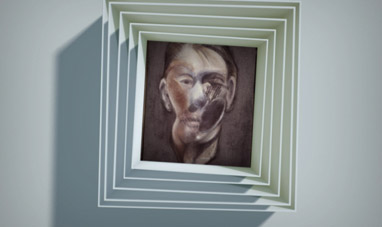

FRANCIS BACON
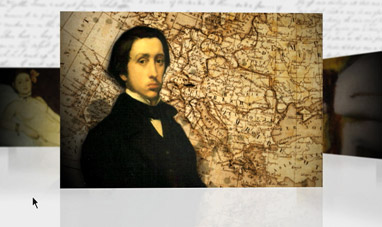

EDGAR DEGAS
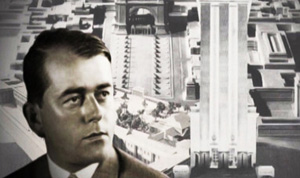

ALBERT SPEER
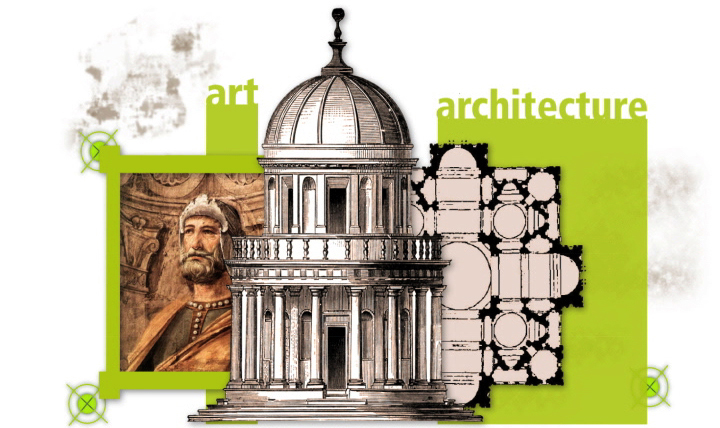

DONATO BRAMANTE
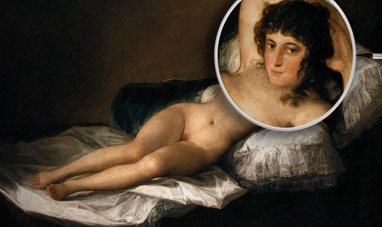

THE NUDE MAJA


GIAN MARIA VOLONTÉ


JOEL AND ETHAN COEN
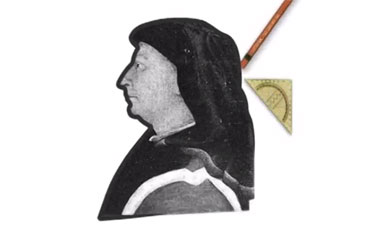

FILIPPO BRUNELLESCHI
